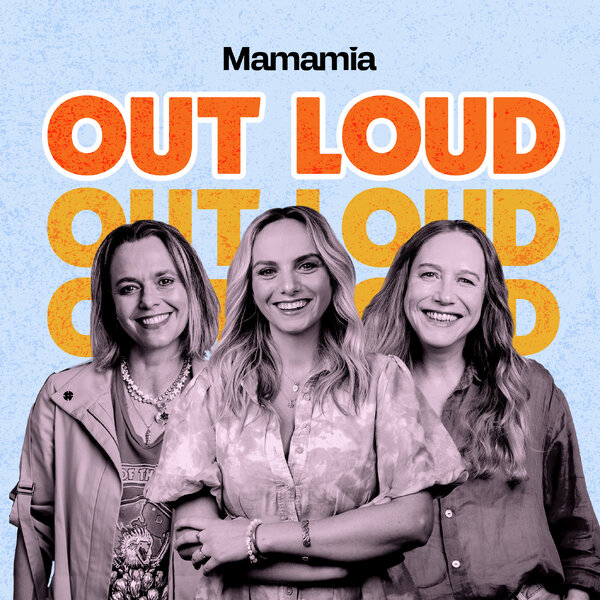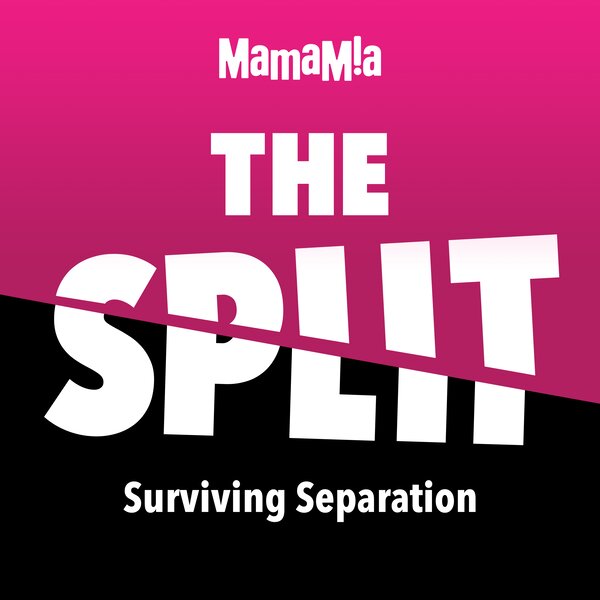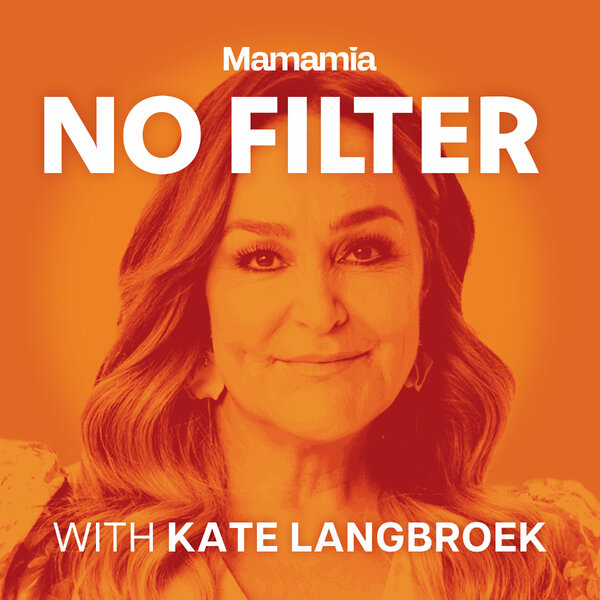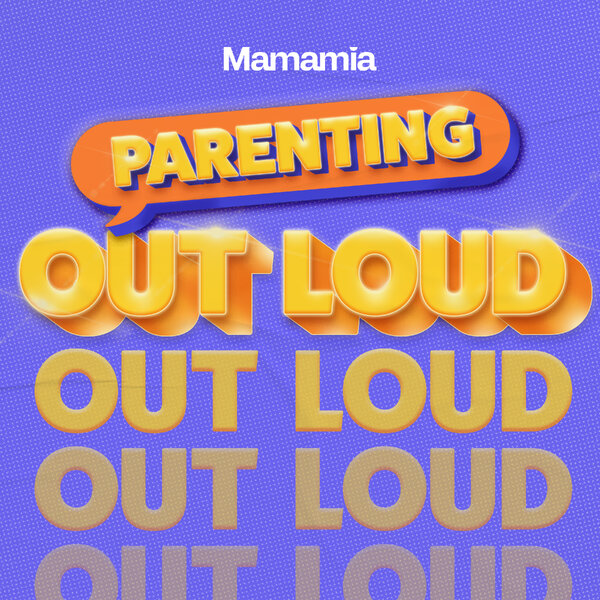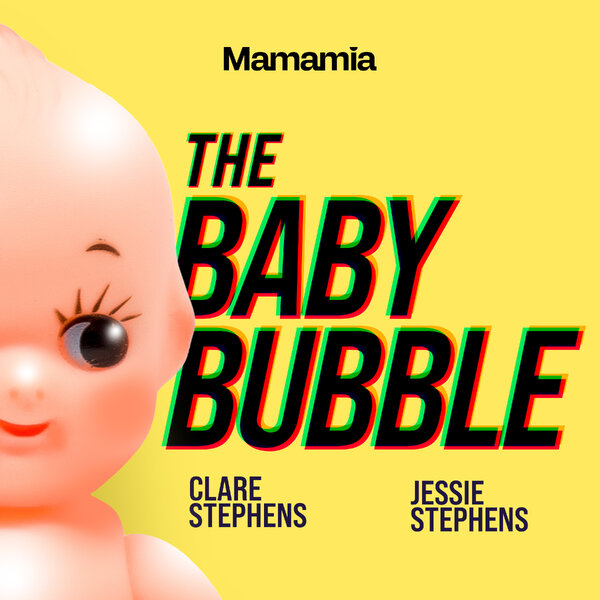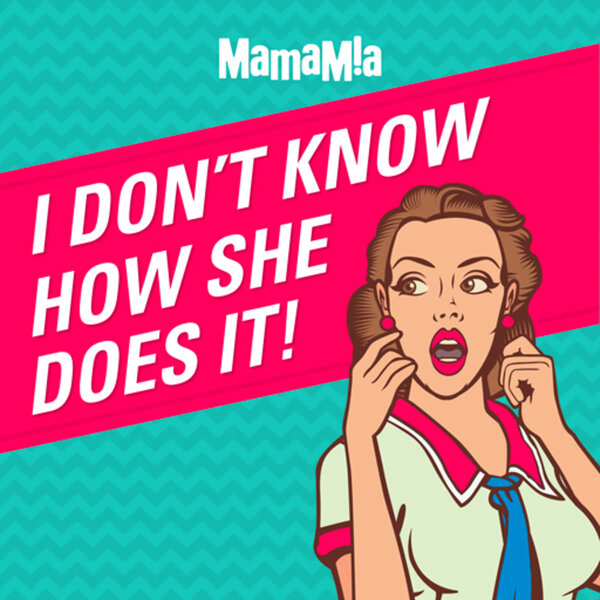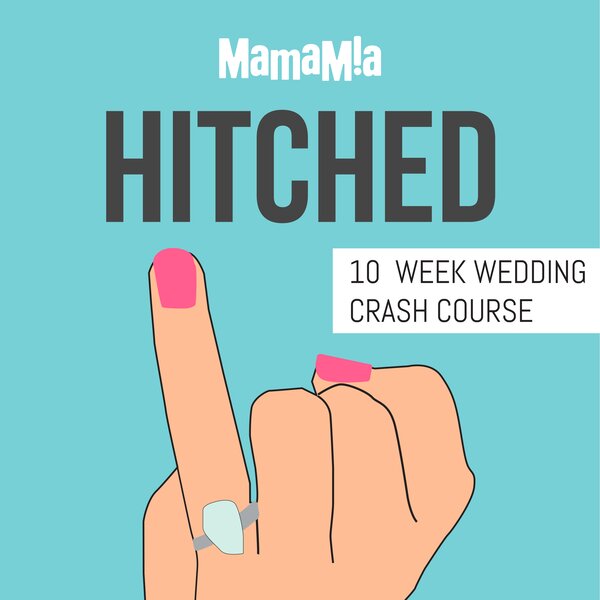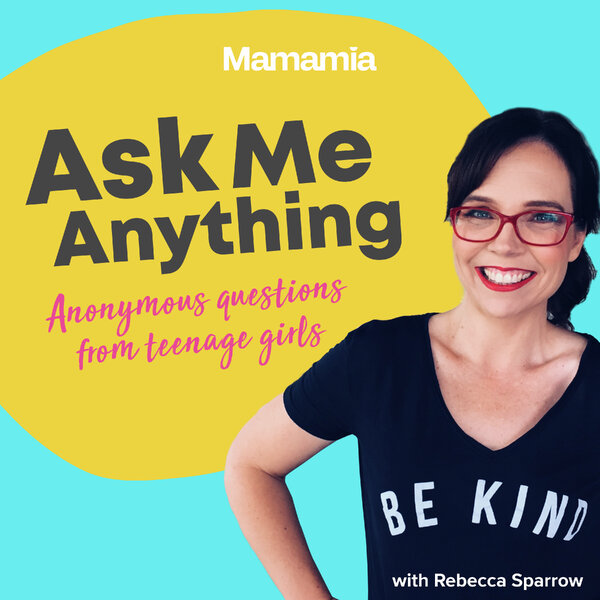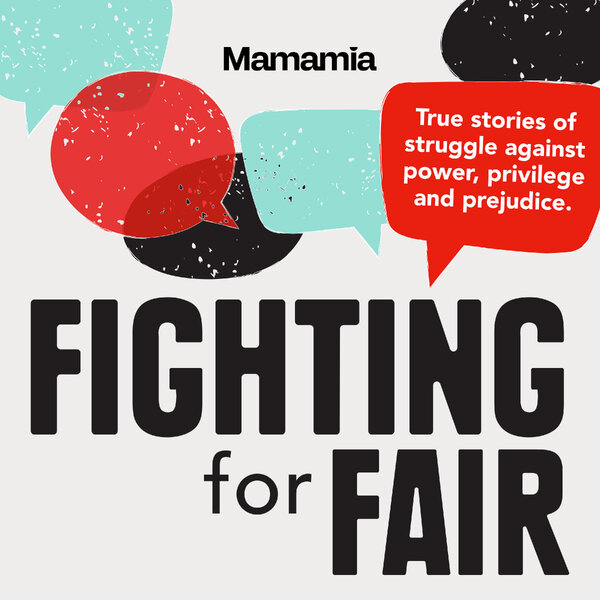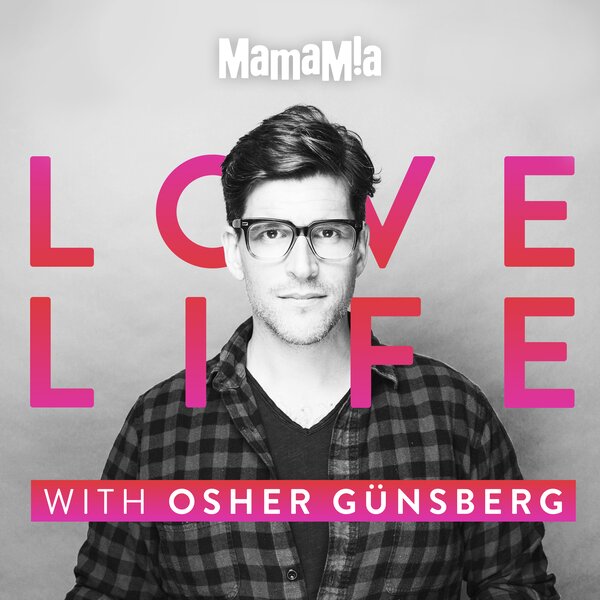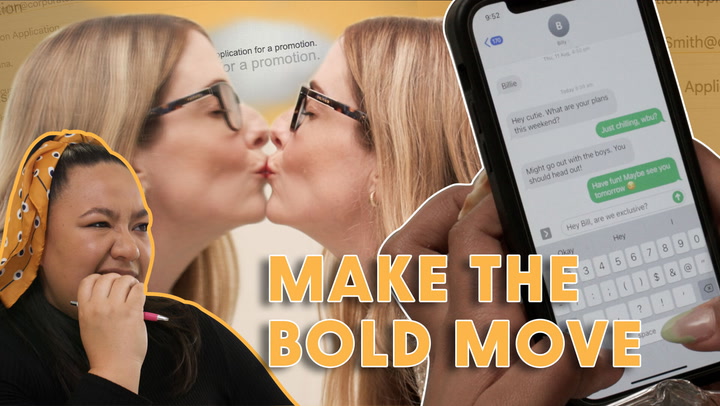
Lexi Dodd always had a love, hate relationship with her boobs.
Pre-children she wanted to get breast implants, but like many, she put the decision off until after having kids.
"Even in my 20s, like, I guess with all the Baywatch and 90210 and everything else, I was so keen to have my boobs done back then," Lexi told Mamamia with a laugh, adding her mother and sister had larger busts, but she was a B cup before children.
"I didn't inherit that. I was always just normal size," she said.
Once Lexi had her children, she bit the bullet and made the call to get implants at the age of 42.
In doing so, she went from a "saggy" C to a "pert" D cup.
 After getting the implants, Lexi went from a C to a D cup.
After getting the implants, Lexi went from a C to a D cup.
